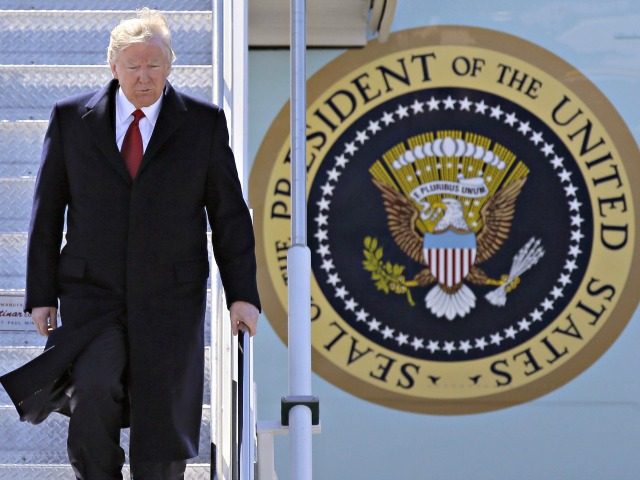President Donald Trump’s 2018 budget requests $69 billion for the Health Department, a $15.1 billion reduction from last year’s budget.
The president’s budget contains cuts while mainlining vital health services. The budget proposal reduces the National Institutes for Health’s (NIH) spending by $5.8 billion to $25.9 billion. Trump’s budget eliminates the NIH’s Fogarty International Center, consolidates the Agency for Healthcare Research and Quality within NIG, and reduces administrative costs and rebalances federal contributions to research funding.
The budget eliminates $403 million in health professions and nursing training programs, which the president’s budget proposal argues does not show any evidence of significantly helping the nation’s workforce. The proposal eliminates discretionary programs within the Office of Community Services, including the Low Income Home Energy Assistance Program (LIGHEAP) and the Community Services Block Grant (CSBG), providing a savings of $4.2 billion.
The budget proposal reforms the Centers for Disease Control and Prevention through a $500 million block grant to increase state flexibility and focus on specific problems facing each state.
The proposal not only cuts, but also invests in mental health activities for high-performing service centers designed to focus on priority areas such as suicide prevention, serious mental illness, and children’s mental health. The budget includes a $500 million increase to expand opioid misuse prevention efforts and to increase access to treatment and recovery services to help Americans who are misusing opioids to help those in need receive help.
President Trump, in his message to Congress, said, “We are going to do more with less, and make the Government lean and accountable to the people.”

COMMENTS
Please let us know if you're having issues with commenting.